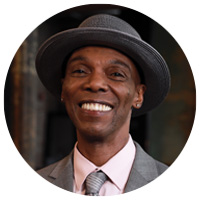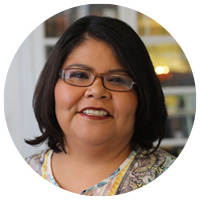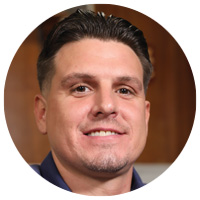Know the facts about addiction to help your fellow Hoosiers

Substance use disorder is impacting our state. Many of those struggling with addiction are people we know – our family members, our friends, our co-workers, our neighbors. They face a wide range of stigmas that may prevent them from seeking treatment.
Whether you or someone you know and love is suffering from addiction, the more you know about opioid and substance use disorders, the more compassionate and supportive person you can be.
What is addiction?
Addiction to drugs, also know as substance use disorder, is a disease that affects thousands of Hoosiers. Those who are struggling with substance use disorder are unable to control their use of legal or illegal drugs. For many, addiction begins quietly. It may start with the recreational use of a drug. In the case of opioids and other painkillers, it may begin when a doctor prescribes a medication. Whatever the reason, once addicted, this disease affects a person's brain, and they will continue to use the drug despite repercussions.
Addiction is a disease, but with support and treatment, there is hope. See Tony's story to learn more about his recovery.
Tony's story
Born and raised in Muncie, Indiana, Tony is the youngest of six kids, proudly raised by his mother and father in a loving home. For Tony, his addiction to crack cocaine started recreationally, “We just wanted to live in the moment. We thought everyone was doing it. We never thought addiction would happen to us.”
As he used crack cocaine, he didn’t think he had an addiction because he was able to keep his house in order and maintain his job. But, over time, he realized crack was all he cared about. Soon, his clothes weren’t fitting him like they used to, and he was becoming more and more isolated from his friends and family. Finally, he knew he had to get away from that lifestyle. He moved to Indianapolis and began working on himself.
It took about two years for Tony to feel he had really moved into recovery. He credits his recovery to his strong upbringing and family connections, “Regardless of what I’ve done in my life, my brothers and sisters have been my rock. Without them, I don’t think I could have done it.” Tony is sharing his story to give others hope.
He has been living in recovery for 27 years!
 "If you never accept that addiction's a disease, you'll never be able to really help."
"If you never accept that addiction's a disease, you'll never be able to really help."
Reducing the stigma
Everyone can help reduce the stigma around opioid use disorder by focusing on the person NOT the disorder.
Join other Hoosiers and Take the Pledge to help reduce the stigma around opioid use disorder.



 "Everybody has a different path that they're going to take to be successful in recovery. Only they are able to choose that path."
"Everybody has a different path that they're going to take to be successful in recovery. Only they are able to choose that path." "Recovery is hard, but it's worth it. You have to put work into it, but the work itself is well worth it."
"Recovery is hard, but it's worth it. You have to put work into it, but the work itself is well worth it." "Addiction is such an isolating disease. The opposite isn't recovery; it's connection. You stay in recovery through connection to others."
"Addiction is such an isolating disease. The opposite isn't recovery; it's connection. You stay in recovery through connection to others."


